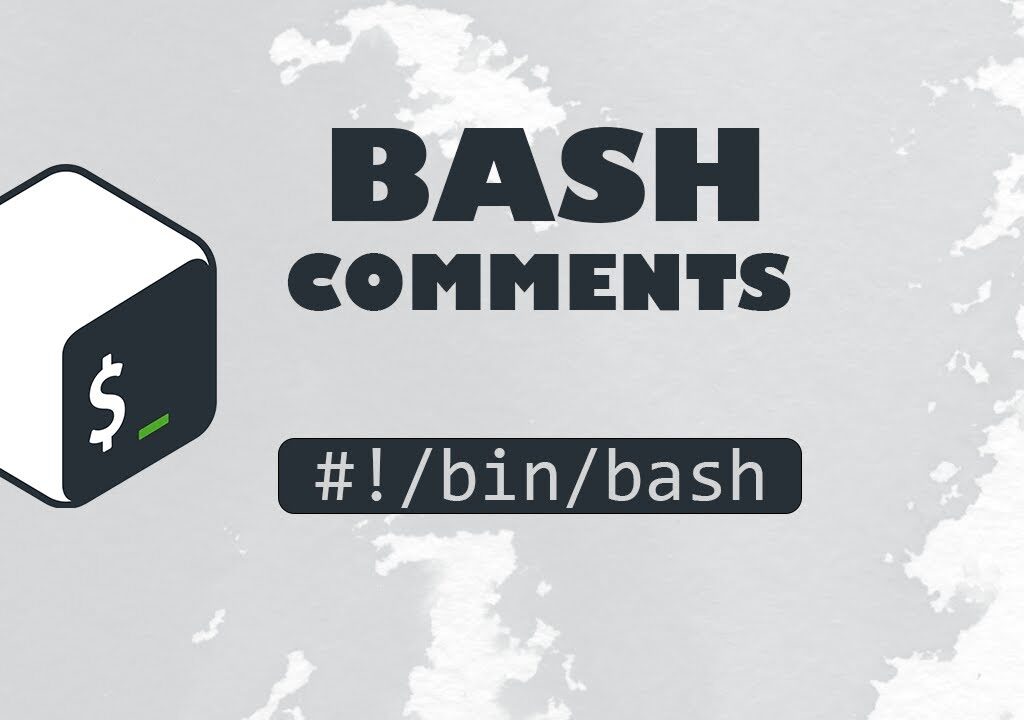
Comments are an essential aspect of writing clean, maintainable, and understandable bash scripts. They provide valuable insights into the code’s purpose, functionality, and logic, making it easier for both the original author and other developers to work with the script. This guide will explore the various types of bash comments, best practices, and how to effectively use them to improve your scripting skills.
What are Bash Comments?
In bash scripting, comments are lines of text that are ignored by the interpreter. They serve as notes or explanations within the script, helping developers understand the code’s purpose and functionality without affecting its execution.
Types of Bash Comments
- Single-line Comments: The most common type of comment in bash scripts is the single-line comment. It starts with a hash symbol (#) and continues until the end of the line. For example:

- Multi-line Comments: Bash doesn’t have a native multi-line comment syntax like some programming languages. However, there are several ways to create multi-line comments:
a. Using multiple single-line comments:

b. Using HERE documents:

c. Using : ‘ (colon single-quote) method:

Best Practices for Using Bash Comments
- Comment Purpose, Not Mechanism: Focus on explaining why the code exists rather than how it works. The code itself should be clear enough to understand the mechanics.

- Keep Comments Up-to-Date: Ensure that your comments accurately reflect the current state of the code. Outdated comments can be more confusing than no comments at all.
- Use Clear and Concise Language: Write comments that are easy to understand. Avoid overly technical jargon unless it’s necessary.
- Comment Complex Logic: If a piece of code is particularly complex or uses advanced bash features, provide a comment explaining its purpose and how it works.

- Include TODO Comments: Use TODO comments to mark areas that need future attention or improvement.
- Document Functions: Provide comments describing the purpose, parameters, and return values of functions.

- Use Shellcheck: Utilize tools like Shellcheck to ensure your comments (and code) follow best practices and don’t contain common errors.
- Avoid Obvious Comments: Don’t comment on things that are immediately clear from the code itself.

Advanced Commenting Techniques
- Shebang Comments: The shebang line is a special comment that specifies the interpreter for the script.
- Modeline Comments: These are special comments that set editor-specific options.
- Function Header Comments: Use standardized comment blocks to describe functions consistently.

- Version Control Comments: Include comments for version control systems like Git.
Why you Should Include Comments in Your Bash Script
Proper use of comments in bash scripts is crucial for several reasons:
- Improved Readability: Comments make scripts easier to understand at a glance.
- Easier Maintenance: Well-commented code is easier to update and debug.
- Collaboration: Comments help team members understand each other’s code.
- Documentation: Comments serve as inline documentation for your scripts.
Commenting in bash scripts is an essential skill for any developer or system administrator. By following best practices and using comments effectively, you can create scripts that are not only functional but also easy to understand, maintain, and extend. Also note that the goal of comments is to clarify and explain, not to state the obvious or clutter your code.
Related Articles
https://phoenixnap.com/kb/bash-comment
https://www.futurelearn.com/info/courses/linux-for-bioinformatics/0/steps/202952
Similar Articles from Unixmen





